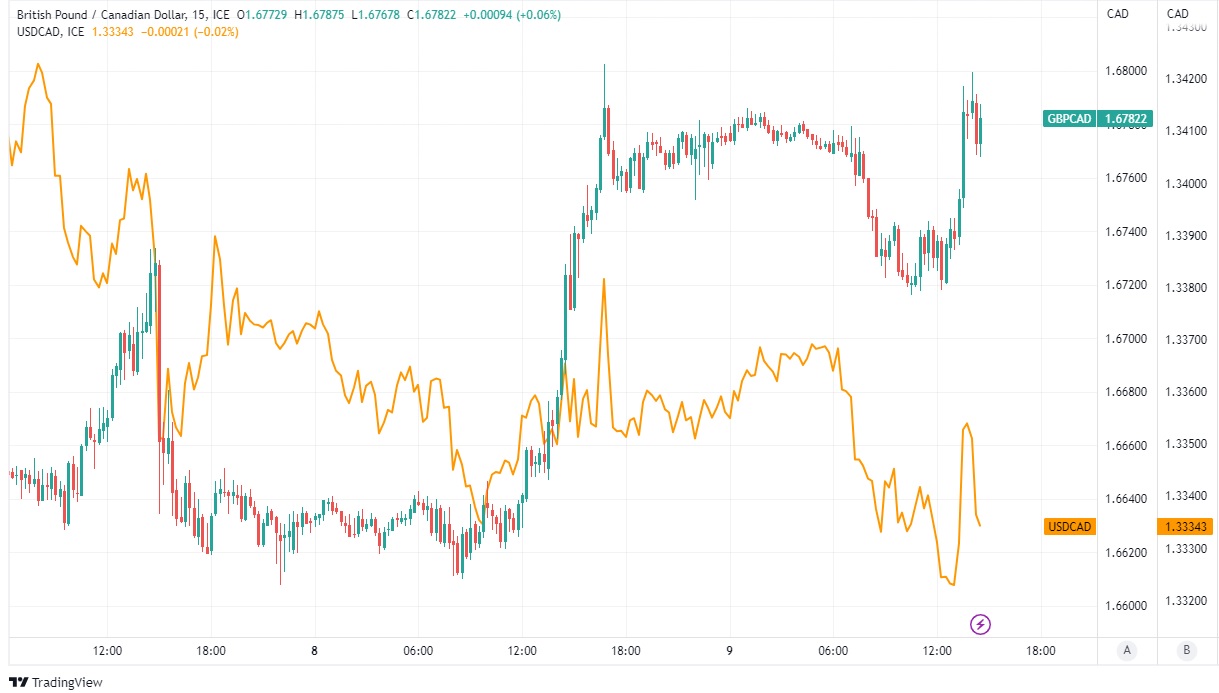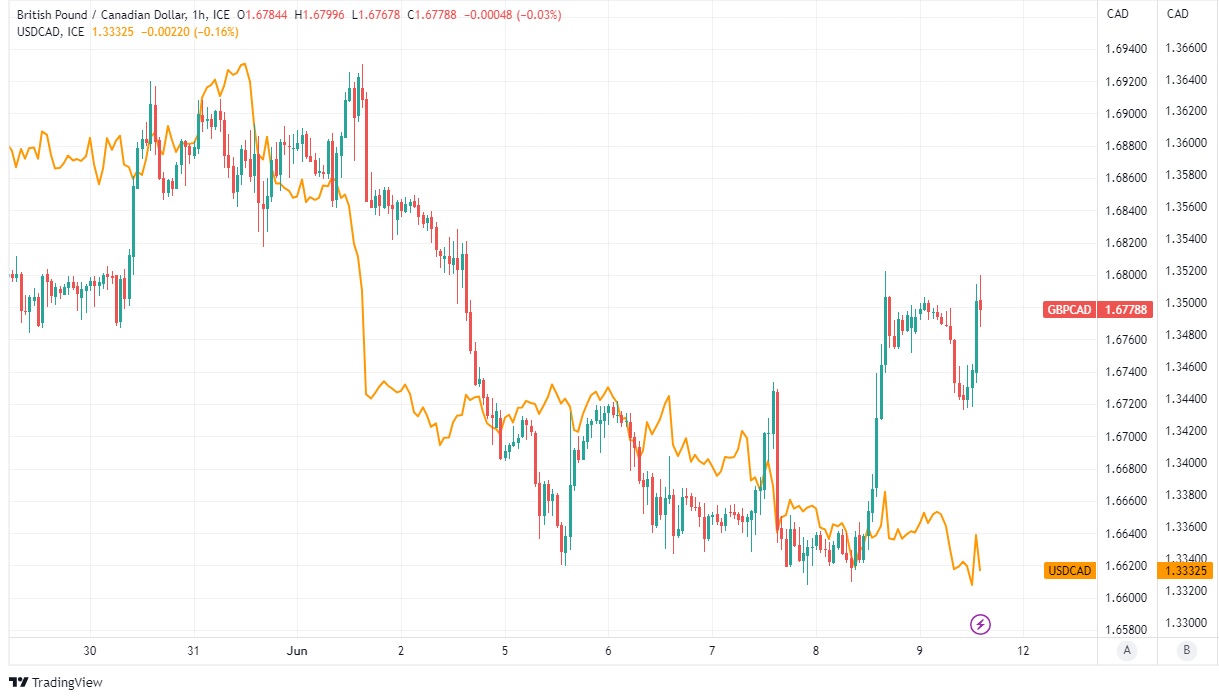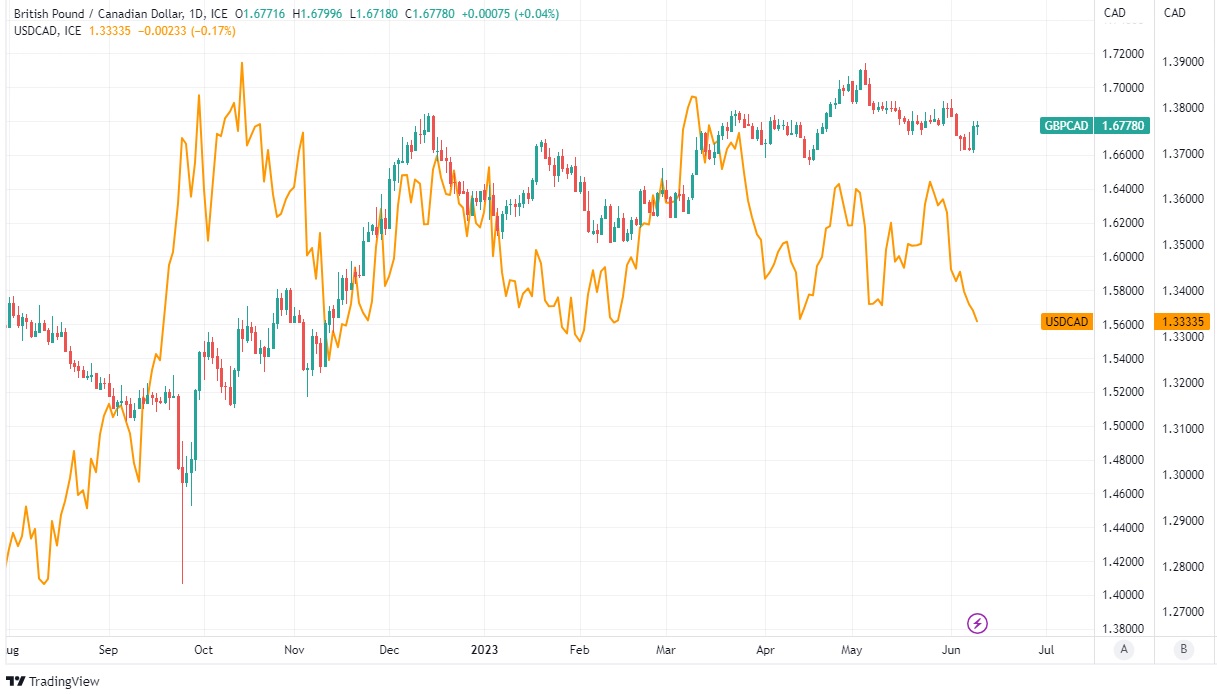 According to the latest report from Statistics Canada, the Canadian Dollar experienced a significant decline prior to the weekend. This decline followed the revelation of a decrease in local employment levels, marking the first outright fall since the last ‘lockdown’. It is possible that this decline reflects the challenges faced by the Canadian labor market in absorbing new workers, which can be attributed to the aggressive increases in the Bank of Canada’s (BoC) cash rate over the past year.
According to the latest report from Statistics Canada, the Canadian Dollar experienced a significant decline prior to the weekend. This decline followed the revelation of a decrease in local employment levels, marking the first outright fall since the last ‘lockdown’. It is possible that this decline reflects the challenges faced by the Canadian labor market in absorbing new workers, which can be attributed to the aggressive increases in the Bank of Canada’s (BoC) cash rate over the past year.
The Canadian Dollar weakened against the U.S. Dollar, slipping from its weekly highs and approaching earlier lows against the Sterling and other currencies. The decline in local employment was reported to be 17.3K in May, primarily driven by job losses in the services sector, which outweighed the job gains in the manufacturing sector.
Moreover, the number of unemployed individuals increased by 34.8K to reach 1,093,000, continuing the upward trend observed since January and previously highlighted in the April job report. Statistics Canada states that employment growth has moderated in recent months, with monthly increases averaging 33,000 from February to April. This follows the strong employment gains of 326,000 recorded from September 2022 to January 2023.
It is worth noting that the increase in the number of unemployed individuals during May may be attributed to new entrants into the labor force within the 15 to 25 age bracket facing difficulties in finding work, rather than an increase in layoffs. This observation aligns with the continued robust growth in the number of newly employed individuals within the 25 to 54 age bracket, which increased by 66K last month. Additionally, there was a 5.1% year-on-year increase, leading to an average hourly wage rise of $1.61 to $33.25 in May.

The weak jobs figure is expected to lower market expectations for further interest rate hikes from the Bank of Canada. However, policymakers may require further evidence of softening in the labor market to be convinced that no additional rate increases are necessary. Andrew Grantham, an economist at CIBC Capital Markets, suggests that the recent data will influence the Bank of Canada’s decision-making regarding interest rates.

The release of Friday’s data follows the Bank of Canada’s decision to increase the cash rate from 4.5% to 4.75% on Wednesday. This decision ended a six-month “conditional pause” in the monetary tightening cycle that started in March of the previous year, raising the benchmark for borrowing costs from 0.25%. The Bank of Canada expressed concerns about the possibility of CPI inflation remaining persistently above the 2% target after the inflation rate rose from 4.3% to 4.4% in April, interrupting the previous six-month period of steady declines.

Isabella Rosenberg, a strategist at Goldman Sachs, highlights that during the recent economic progress report speech, the Bank of Canada indicated that there was currently no bias for the July meeting. This suggests that the main signal is that the Bank was willing to hike rates without new projections, indicating minimal debate around the decision. Rosenberg and colleagues argue that for the Bank of Canada to abstain from hiking rates in July, the data would need to disappoint.
Market-based indicators of investor expectations increased after the Bank of Canada’s decision, implying a high probability of up to two more rate increases being announced later in the year. The local labor market will play a crucial role in determining whether these anticipated rate hikes will materialize.
The future trajectory of the number of unemployed individuals, whether influenced by a weakening job market or demographic trends, is expected to have a significant impact on the Bank of Canada’s forecasts regarding wage growth and inflation rates.
Andrew Kelvin, Chief Canada Strategist at TD Securities, suggests that their base case scenario assumes that household spending will eventually face constraints




